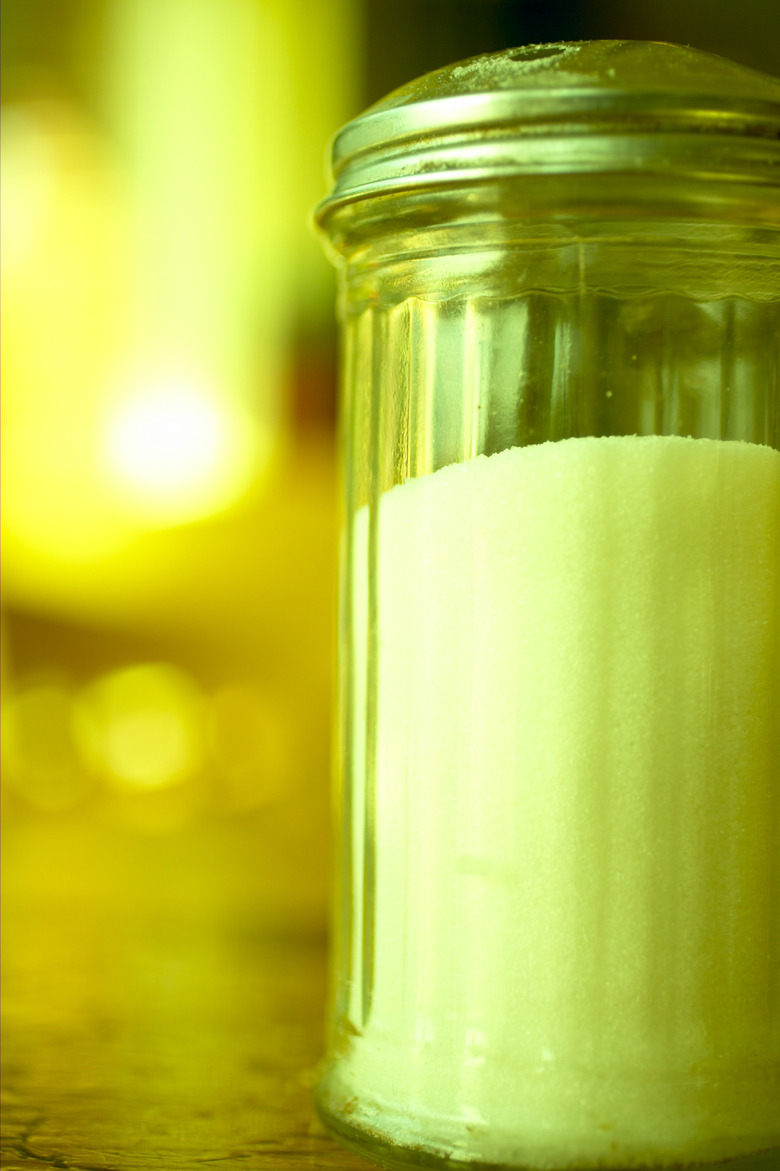How To Kill Bacteria With Salt
Bacteria is a general term that refers to an entire kingdom of microscopic species. It's estimated that there are over one trillion species of microbes on Earth with a great majority of those species thought to be bacteria. The majority of these bacterial species are not harmful to human and don't cause disease. Only about 1 percent of bacteria are believed to cause disease.
Understandably, most people want to avoid bacterial infection. Antibiotics and proper hygiene are the most common ways to avoid and kill harmful bacteria. Not many people know that salt kills bacteria as well. While not all bacteria can be killed with salt, many can be because of its dehydrating effects on the bacterial cells.
Understanding Osmosis
Understanding Osmosis
Before understanding how salt kills bacteria, you need to understand what osmosis is. Simply put, osmosis is the movement of water across a membrane from areas of high concentration of solutes to low concentration of solutes. This works to maintain an equilibrium of solutes (aka the dissolved molecules) within the water on either side of the membrane.
For example, say you have cells in a water solution where the water contained a higher concentration of sugar than the concentration of sugar dissolved in water found inside the cell. Another way to put this is that the concentration of water molecules is higher inside the cell than outside the cell. In this case, you would see water move from inside the cell (where water concentration is higher) to outside of the cell (where water concentration is lower).
This does two things to reach equilibrium. First, it increases the concentration of water outside the cell and decreases the concentration inside the cell. This movement of water then, in turn, decreases the concentration of sugar outside the cell and increases the concentration of sugar inside the cell.
How Salt Kills Bacteria
How Salt Kills Bacteria
It's this process of osmosis that makes high concentrations of salt kill bacteria. When there are high salt concentrations outside of a bacterial cell, water from inside the bacteria diffuses out of the cell in order to reach equilibrium and equalize the salt concentration. When bacterial cells lose all of their water like this, it:
- Dehydrates the cell
- Causes the loss of the cell's structure
- Leads to enzyme and protein malfunction
- Eventually leads to cell death
Simply put: Salt sucks all of the water out of the bacteria, which leads to cell death. However, some bacteria are tolerant of salty conditions. These types of bacteria are called halotolerant.
How to Kill Bacteria With Salt
How to Kill Bacteria With Salt
While the antibacterial properties of salt are helpful for some everyday uses, you shouldn't rely on salt when you have an infection. It's better to use salt as a preventative measure and see a doctor for other treatments if you believe you have a bacterial infection.
Examples to Try
Examples to Try
**Salt water rinse.** Creating a salt water rinse to gargle in your mouth can help kill harmful cavity-causing bacteria. The benefits of gargling salt water include directly killing the bacteria as a result of osmosis as described above and temporarily increasing the pH in your mouth. This creates an alkaline environment that most oral bacteria cannot survive in.
Simply mix 1/2 teaspoon of salt in one cup of warm water. Gargle this solution for 30 seconds before spitting it out. Do not swallow.
Salt and Food
Salt and Food
**Corning and brining foods.** Corning, also called salt-curing, refers to rubbing salt pellets onto meat in order to prevent bacterial growth. This process requires you to rub salt into meat to get the salt concentration to 20 percent or higher. It you have a one pound slab of beef, for example, you would need to rub 3 ounces of salt onto the surface of the meat.
Brining is similar except it involves creating a salty solution called a brine instead of rubbing salt directly on the foods. To make a brine, you mix salt and water in a ratio of one part salt to five parts water. You then add in your food, usually vegetables and meats, and this will both prevent bacterial growth and kill most bacteria already on the food.
**Washing cutting boards and counters.** You can also rub salt directly on bacteria-prone surfaces like cutting boards and counters in order to kill bacteria on those surfaces and prevent future growth.
References
Cite This Article
MLA
Walsh, Elliot. "How To Kill Bacteria With Salt" sciencing.com, https://www.sciencing.com/kill-bacteria-salt-12029250/. 2 July 2019.
APA
Walsh, Elliot. (2019, July 2). How To Kill Bacteria With Salt. sciencing.com. Retrieved from https://www.sciencing.com/kill-bacteria-salt-12029250/
Chicago
Walsh, Elliot. How To Kill Bacteria With Salt last modified March 24, 2022. https://www.sciencing.com/kill-bacteria-salt-12029250/
